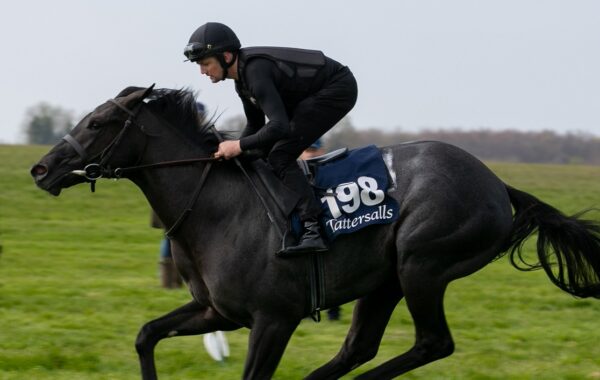Could we really have predicted such a strong yearling market this year? I hoped that we would see some positive indications of growth mirrored by the improvement in the general economic situation but the 2013 yearling sales have outperformed even the most optimistic predictions. Book 1 at Tattersalls set a new European auction record and saw three yearlings break through the million-guinea barrier. Many congratulations to all the parties concerned, in particular Newsells Park Stud for their outstanding achievement.
Book 1 was undoubtedly an amazing sale with several new investors making their mark. Demand was selective, yet those with the very best stock enjoyed fantastic returns. Book 2 was also strong, with a solid clearance rate and, importantly for breeders, fillies were in demand.
On the downside, the outcomes from Books 1 and 2 are likely to fuel increases in next year’s stallion fees, leading to further polarisation in this market. It would be unrealistic to expect stallion masters to resist this temptation, but a number of mare owners have indicated their concerns to me on this point. Fortunately, there are some new sires to add a degree of competition into the market place, but I fear breeders’ profitability will be challenged.
We saw more yearlings catalogued in Britain this year, yet the foals of 2012 were from the smallest combined British and Irish crop in recent years
Ironically, we saw more yearlings catalogued in Britain this year, yet the foals of 2012 were from the smallest combined British and Irish crop in recent years. We need to understand what is happening here and whether this is an indication that owner/breeders have taken a view that they wish to race fewer individuals in future, given the diminishing incentives to do so in Great Britain. I look forward to the outcome of the PWC Economic Impact Study, which we will bring to members during the Tattersalls December Sales.
The difficulty for the TBA and the industry is that these outcomes fuel the wider view that the bloodstock industry has returned to prosperity. Yet the financial return on the racecourse for the majority of purchasers in Books 1 and 2 continues to be insufficient to reward their investment. Rachel Hood, my counterpart at the ROA, has time and again pointed out that prize-money in Britain is lagging well behind the rest of the world, and despite her best efforts to highlight these concerns at the recent Leaders in Racing conference, disappointingly I sensed little support from the other leaders present.
Any policy that affects owner/breeders’ future investment is all the more significant given the disappointing stance taken by ARC in failing to sign up to the Horsemen’s Group’s prize-money agreement. The Horsemen’s Group members, including the TBA, have condemned this position and we must do more to bring pressure to bear on ARC.
Working with those courses who have signed the agreement will be a priority. The British breeding industry is a significant race sponsor, whose total annual spend keeps it in the top three race sponsors and I look forward to targeting the TBA’s own sponsorship budget, with that of breeders, to support those courses which have committed to working in partnership with the Horsemen’s Group.
Whilst on this theme, I wonder whether racing has secured the most favourable terms in agreeing to stage racing on Good Friday? A lot of good initiatives have been swept away in favour of programming all-weather racing on this day. How long will the day be worth £1 million? What contingency is in place should ARC decide that after a couple of years they can revert to type and stage poorly-funded, mediocre racing?
Finally, a word of recognition for successful collaboration between the breeders’ associations of Britain, Ireland and France who, working with their respective government officials, have retained the Tripartite Agreement (see page 85). This is especially important at this time of year, with a high number of horses being moved to and from sales. This achievement is a superb example of the technical issues the associations undertake together to protect members’ interests.






